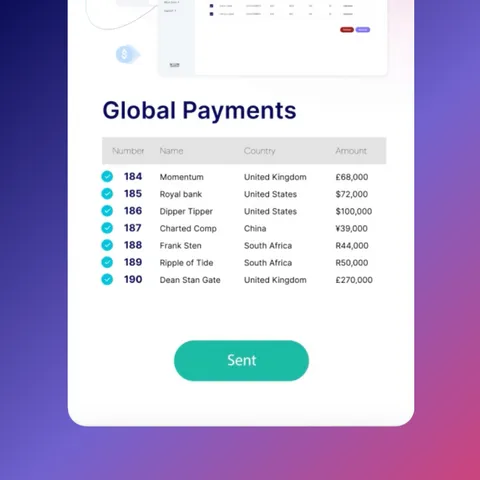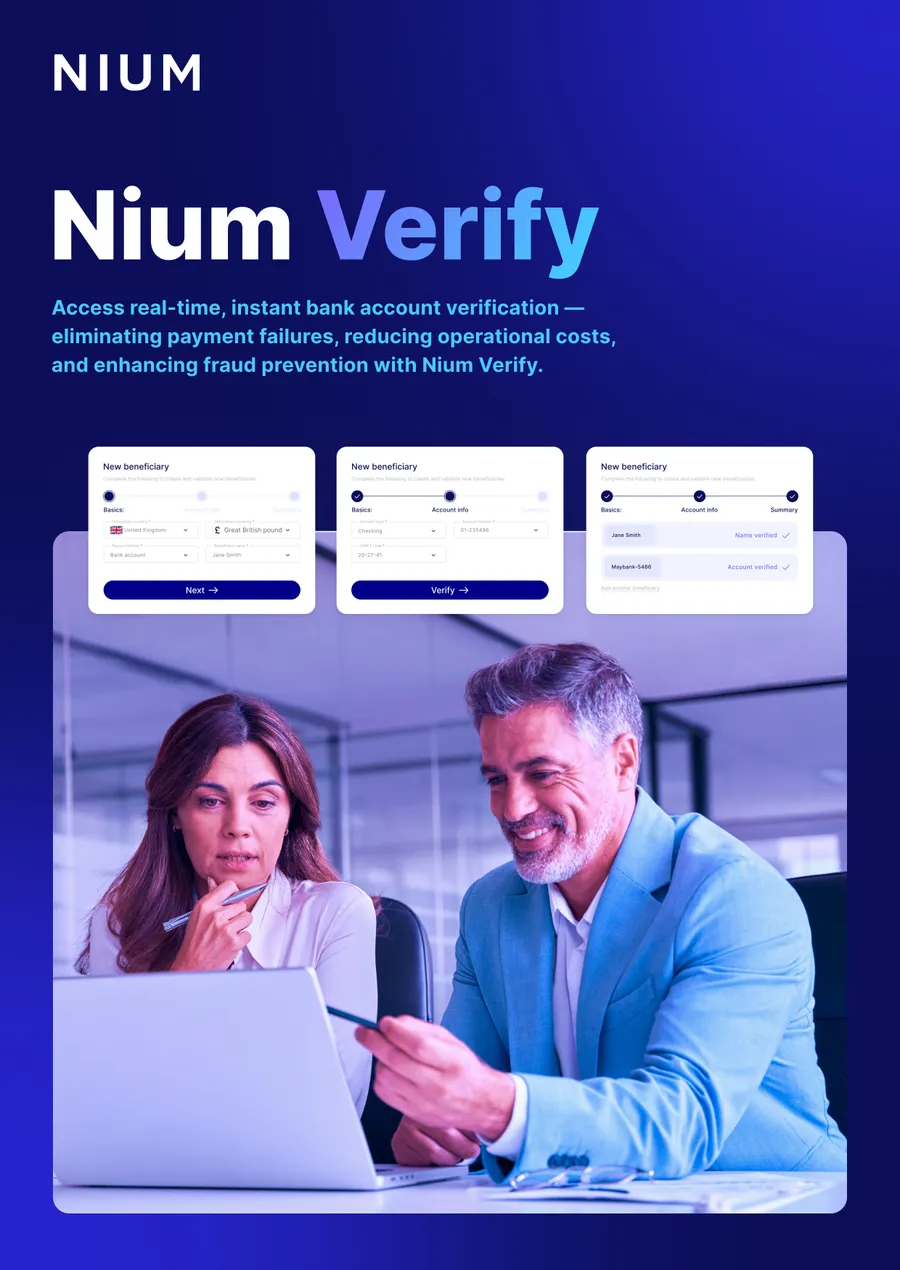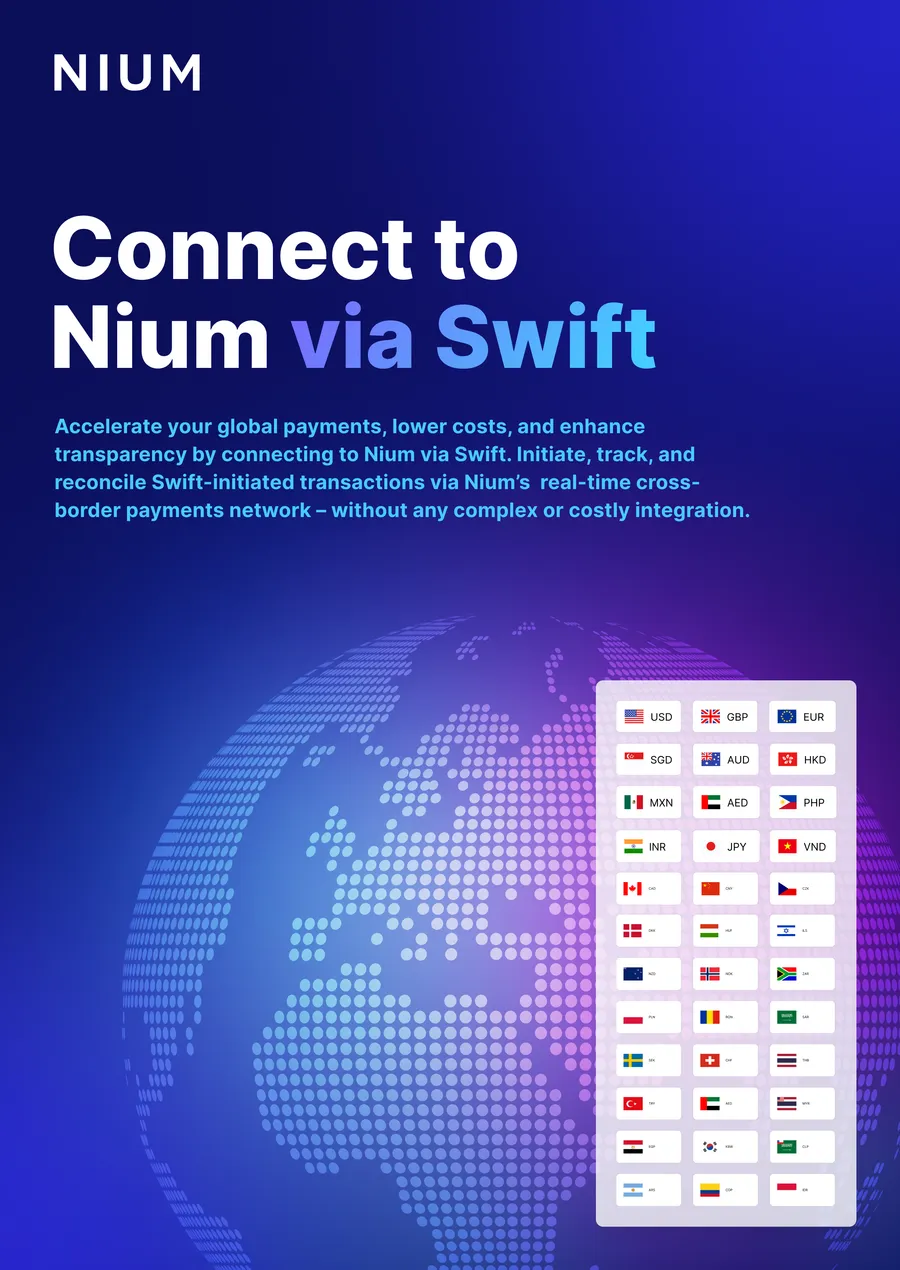Every day, consumers are able to communicate with each other “live” no matter where they are in the world, seek services at the click of a button, and access entertainment on-demand. Their expectation of the digital world is that it operates in real-time – truly in tandem with their lives.
So it makes sense that consumers want the way they pay and transfer money to be just as instant. This is also true in the business environment: individuals who can access immediate services and payments for their personal lives, expect this in all contexts – especially when being able to send and accept money instantly can help reach business goals.
Nowhere is this trend clearer than in fast-growing emerging markets where digital payments have created new ways for businesses to engage across borders and serve customers more effectively. For businesses looking to expand into these regions, leveraging real-time payments will be a key capability.
Emerging markets are embracing digitization
The emerging economies of the world are at the forefront of digital payments, as well as the biggest opportunity for global businesses looking to expand their capabilities. Certainly, the economic growth of a region is very clearly tied to how it is able to move money. Being able to do so rapidly and conveniently enables businesses to seek and execute new opportunities.
Moreover, the demographics of emerging market consumers encourage this trend. Not only are they home to 85% of the global population, but also to nearly 90% of all people under 30 years old – creating a “sweet spot” where the appetite for digital picks up pace.
We can see this transformation, in part, in the move away from cash. Although cash is still king in many of these markets, there is a clear and rapid shift to digital methods.
Pandemic hygiene concerns around cash – as well as the physical distance enforced between individuals – have contributed to this move. Almost 30% of consumers in Southeast Asia have reduced their usage of traditional payment methods such as cash, credit cards, and debit cards since the onset of COVID-19.
What’s more, some governments are actively encouraging the digital revolution – having observed how the jump from branch banking to e-banking, and now mobile money, has led to financial inclusion.
Payments move into real-time
As they drift from cash, emerging market consumers and businesses, faced with a choice of how to pay, are increasingly turning to real-time payments instead. According to GlobalData research, the top five countries with the highest volume of real-time payment transactions in 2021 were India (48.6 bn), China (18.5 bn), Thailand (9.7 bn), Brazil (8.7 bn) and South Korea (7.4 bn).
Examples across Africa include the work of Ghana’s central bank to introduce a universal QR code that can be used for payments via a phone or bank account. The country’s real-time payment solution GhIPSS Instant Pay (GIP) experienced an almost six-fold rise in transaction volume year-on-year during the first half of 2020. Meanwhile, Nigeria’s real-time payments scheme has evolved into Africa’s most successful – boasting 3.7 billion real-time transactions in 2021.
Similar trends can be seen across Latin America. In 2021, Brazil recorded 8.7 billion real-time transactions, thanks in large part to the rapid growth in popularity of the country’s real-time payments system – PIX. It is expected that its real-time transaction numbers will rise to 82.4 billion annually by 2026.
And, of course, Asia is leading the pack. S&P Global Market Intelligence shows that in India, mobile payments exceeded cash machine withdrawals (excluding bank over-the-counter withdrawals) for the first time in 2020. Meanwhile, the Indian and Thai governments are developing national real-time payment systems – known as the United Payments Interface (UPI) and PromptPay, respectively – enabling instant bank account transfers via mobile phones. Indeed, Forrester emphasizes the impact the UPI could have on reshaping the B2B payment experience in APAC.
In Southeast Asia, ACI Worldwide research shows that 53% of consumers are now using real-time payments more frequently than they were prior to the pandemic. Meanwhile, 61% of consumers in Indonesia, Malaysia, Thailand, and Singapore preferred real-time payments as their favorite way to pay in 2021, level with cash (61%) and outstripping other digital payment categories, including digital wallets requiring cash or card top-ups (56%) and credit cards (30%).
The real-time advantage
In addition to speed and convenience, real-time payments also bring clarity where cash is opaque. Certainly, the rise in demand for digital payments has prompted the development and delivery of compatible applications that provide real-time account balances and transaction history – something cash cannot provide. For consumers, this means staying on top of household finances. For small businesses, it means easier cash flow and liquidity management. And for larger businesses, it helps ease a lack of transparency across large cross-border supply chains.
The Forrester report on how to “Use Innovation to Reshape the B2B Payment Experience in Europe” highlights that infrastructure advances support real-time payment tracking to help firms stay on top of cash flow and collections – for instance, by using APIs to embed payments into accounts receivable and accounts payable workflows.
Moreover, while cash requires proximity, digital tools are borderless – allowing digital payments to operate at a distance cash can’t compete with. For many, this distance is international – something that became especially clear in the pandemic as individuals and businesses tried to stay connected and in partnership with those in markets they couldn’t physically visit.
If real-time payments are to truly meet consumer and business needs, they must also be able to cross borders – allowing consumers to send money to family in other regions and enabling local businesses to expand globally in a way that may have seemed inconceivable pre-pandemic.
The Malaysia opportunity
One emerging market where the opportunity to transform its payments infrastructure is particularly strong is Malaysia. 32% of consumers have reduced – or entirely stopped – using credit cards, debit cards and cash, partly due to habits that emerged during the pandemic. Instead, 52% of Malaysian consumers prefer real-time payment methods such as DuitNow.
Malaysians are also sold on the international nature of digital payments: 70% have expressed that it would be important if their preferred instant payment could be used abroad. There are moves to address this need. Bank Nagera Malaysia (BNM) and Payments Network Malaysia (PayNet) are collaborating to further explore linking the real-time payments system in Malaysia with those in Singapore and the Euro area.
This is in addition to the country’s existing efforts to link RPP/DuitNow with other real-time payment systems across the ASEAN region. And, in June 2021, Malaysia and Thailand launched a payment infrastructure to enable instant cross-border QR-code payments between the two countries – a service that will be expanded in 2022 to support fund transfers that use mobile numbers.
The need Malaysia has – and the need all emerging markets share – is for a payments infrastructure that is truly instant, rather than a two-day settlement window. The exchange of money between consumers and between businesses is the lifeblood of any economy. The ability to do so instantly and internationally – and with transparency – means a more efficient market and the ideal environment for growth.
By expanding the license set for real-time payments to Malaysia – leveraging DuitNow – Nium can now onboard local companies of all sizes to its platform, with higher limits and an ability to control end-user pricing. The expansion will allow Malaysians to lean on a payments infrastructure that is as instant as many of the other digital services they’ve come to rely upon – enriching the lives of consumers, and helping businesses seek opportunities in the digital future.
For more information about how Nium can help your business expand to emerging markets, contact us here.






.png@webp)



.png@webp)



